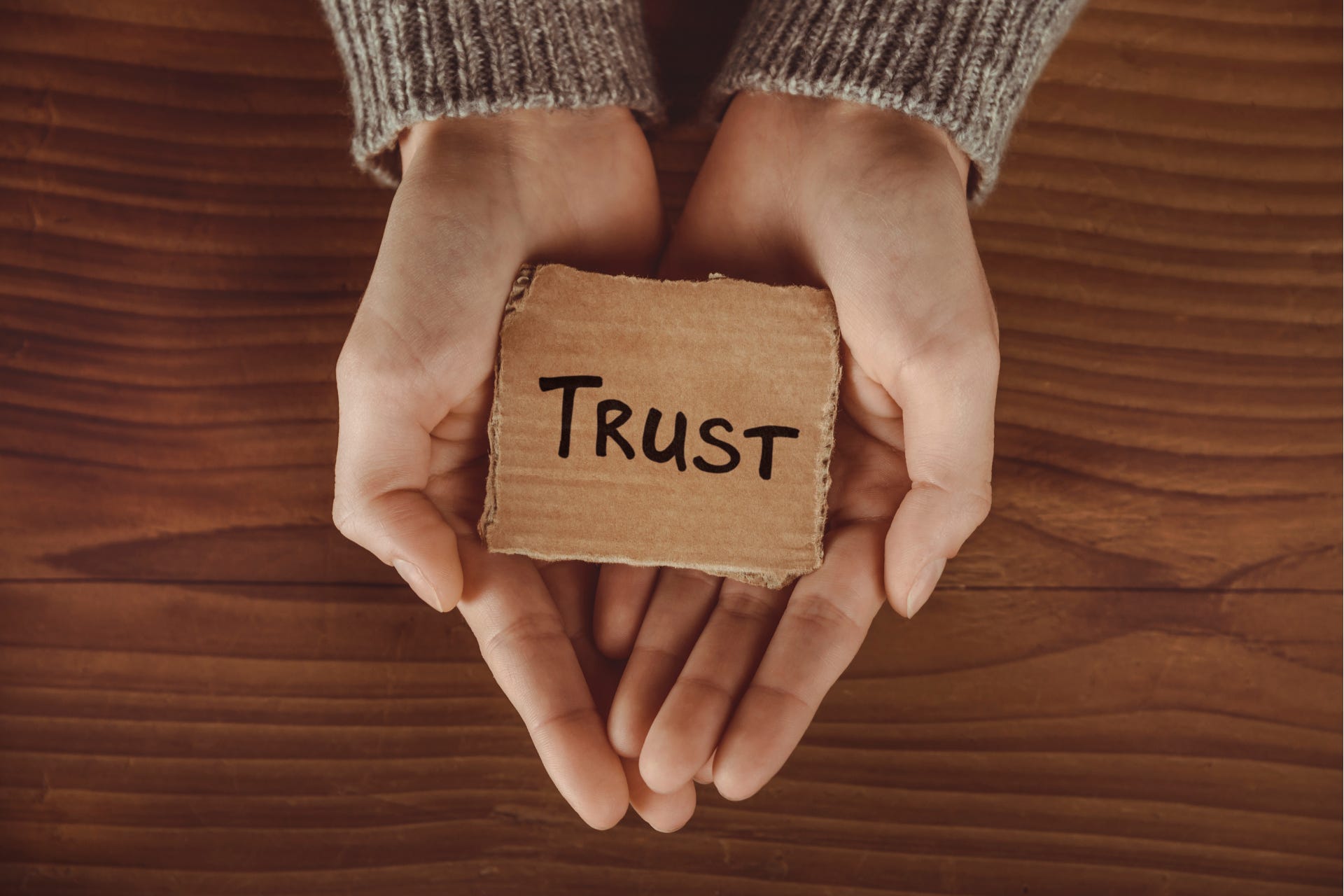
🧠 The Psychology of Trust: Why a Website Builds Credibility
Introduction
In a world full of scams and spam, customers are cautious.
They don’t just buy — they judge.
So what helps your brand look trustworthy at first glance? Simple: a clean, professional website. Let’s break down the psychology of online trust — and how having a website triggers it instantly.
1. 👁️ First Impressions Happen in 0.05 Seconds
Yes, people form opinions that fast. A messy profile or only a Telegram link doesn’t inspire trust. But a well-designed homepage? It shows you’re serious.
2. 🧾 People Look for Structure
Humans love order. When visitors see pages like “About Us,” “Shipping Info,” or “Return Policy,” it signals professionalism — not chaos.
3. 🛡️ Security Symbols Reduce Anxiety
Things like HTTPS, secure payment icons, and even review stars help people feel safe. A website allows you to add these psychological cues.
4. 🔍 Google Visibility = Legitimacy
If you’re not on Google, people assume you’re either new or shady. Showing up in search builds subconscious trust — especially with local SEO.
5. 🧠 People Remember Domains, Not Handles
@store.page123_ might be hard to recall. But mystore.com? Easy. Memorable = trustworthy. Domains give brands a solid identity.
6. 💼 Professional Design Implies Serious Business
Design is like clothing for your brand. A beautiful, user-friendly website suggests you’ve invested in quality — and people feel more confident buying from you.
7. 📦 Transparency Reduces Risk Perception
Customers fear scams. Clear prices, shipping info, return options, and contact forms calm their nerves. You can’t show all this in a single Instagram bio.
🏁 Conclusion
Trust isn’t something you ask for — it’s something you design for.
A well-structured eCommerce website shows professionalism, builds credibility, and makes customers feel safe. And when they feel safe, they buy.
Recent Posts
- 🏗️ Your Website Is the Foundation of Your Brand
- 💡 The Importance of Having an E-Commerce Website
- 📱 5 Reasons Your eCommerce Website Is Better Than Selling Only on Instagram
- 🧑💼 Does Your Small Business Really Need an Online Store? (Yes — Here’s Why)
- 📦 10 Powerful Features Every eCommerce Website Should Have
